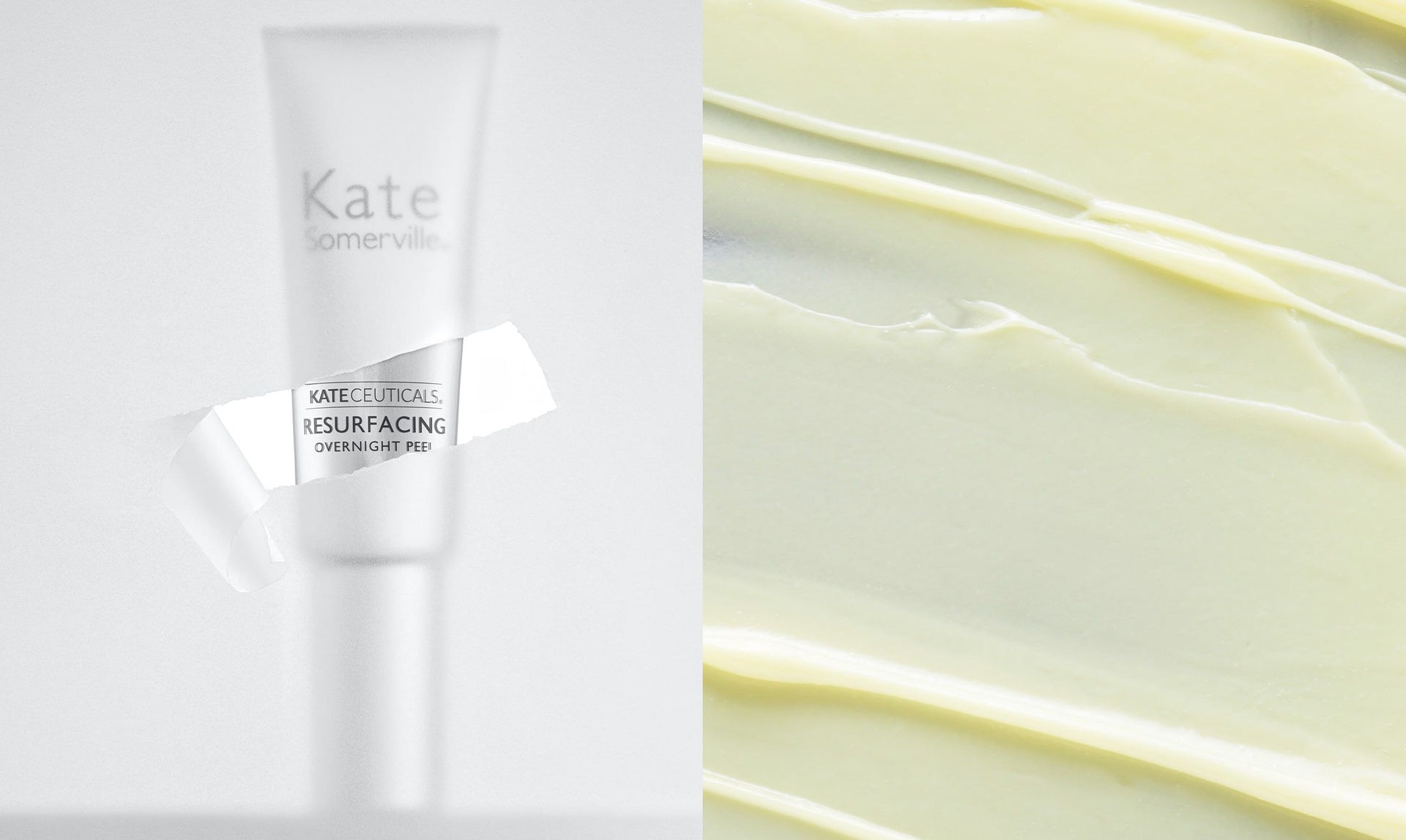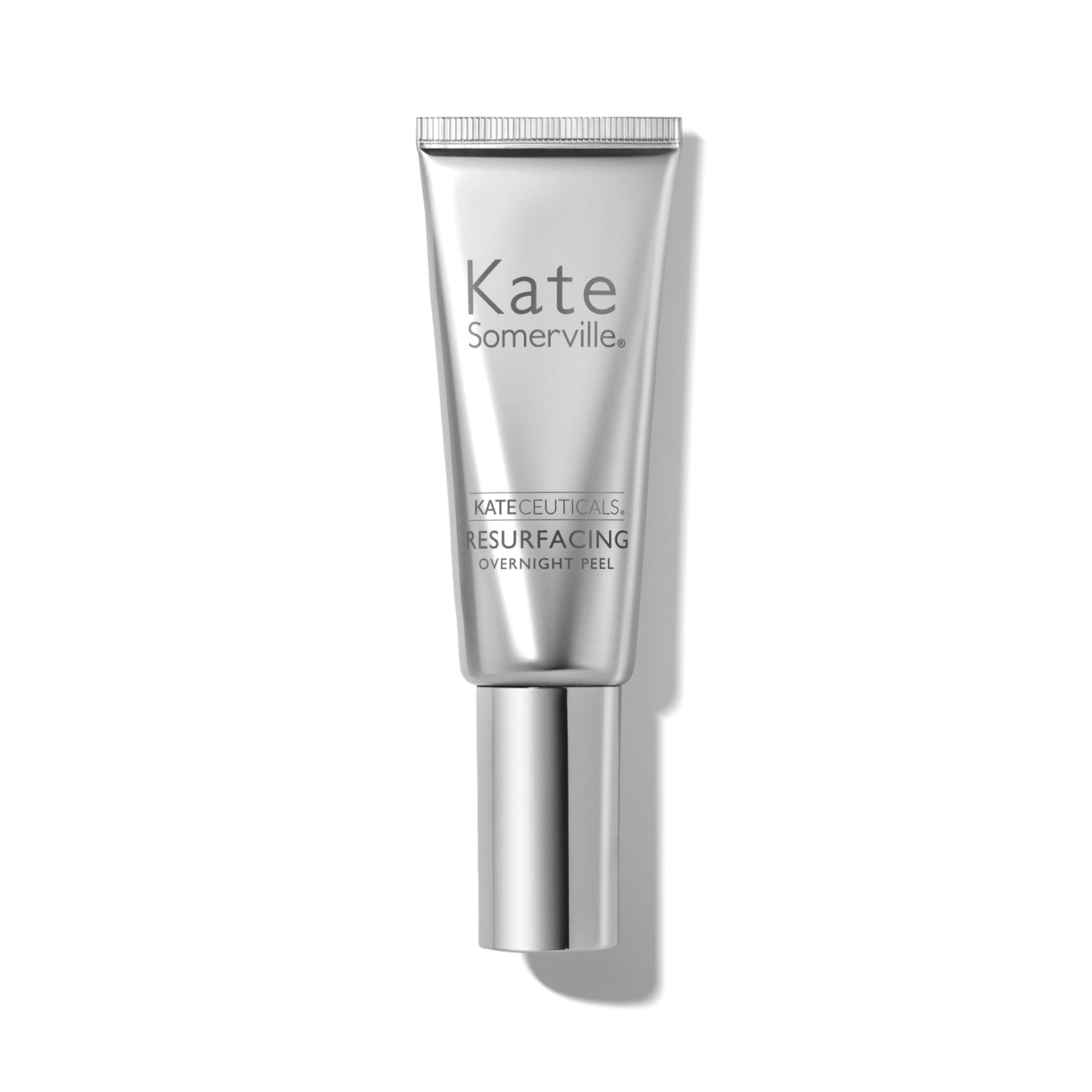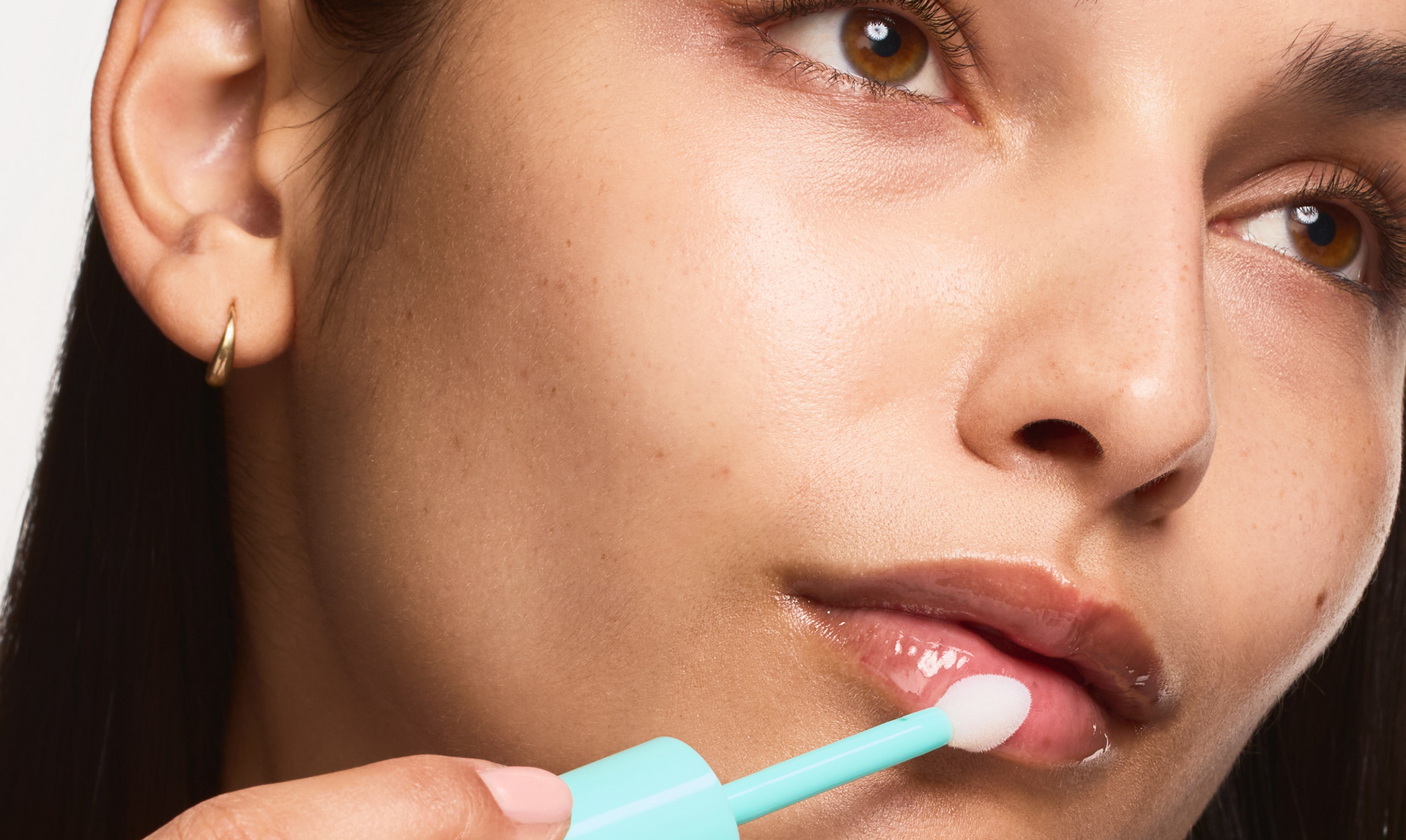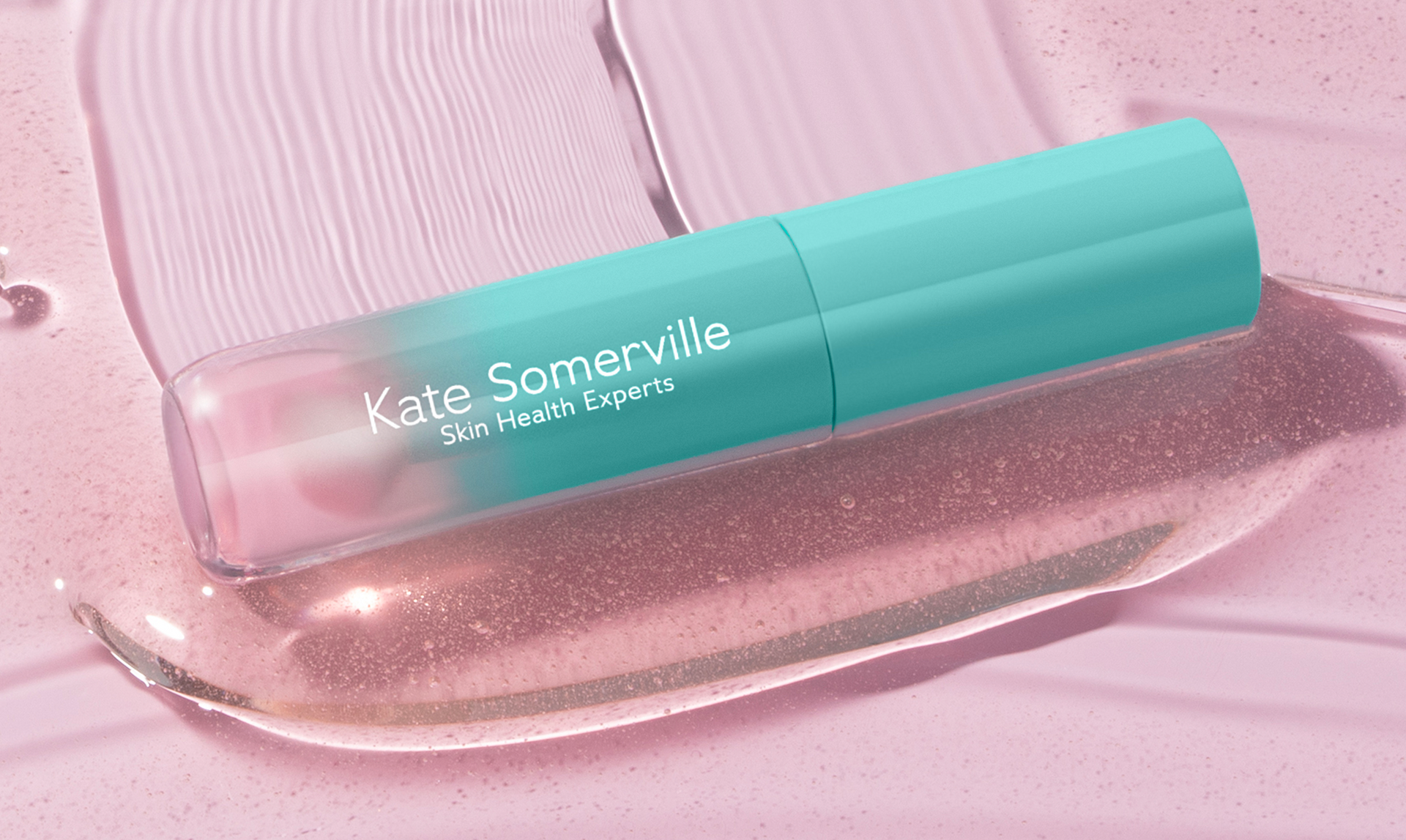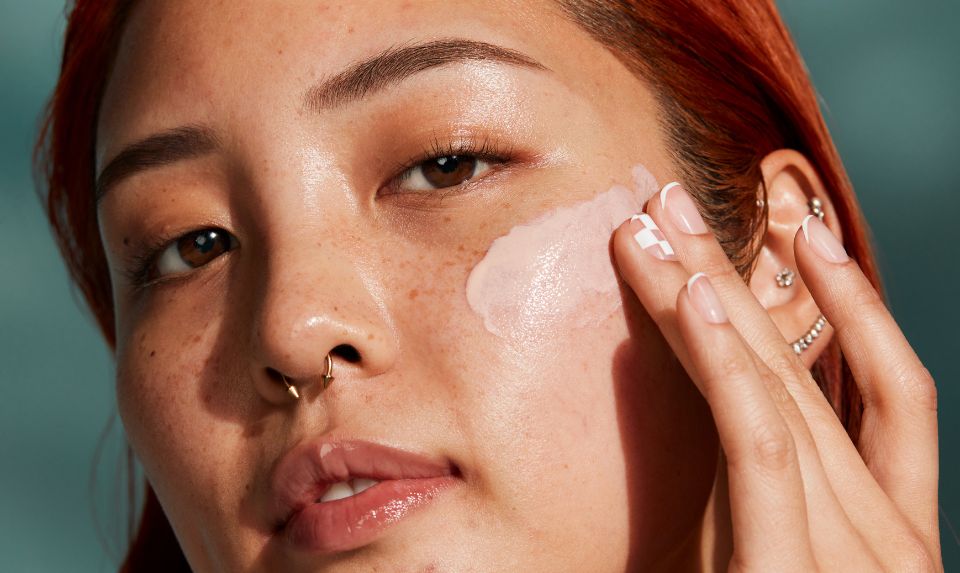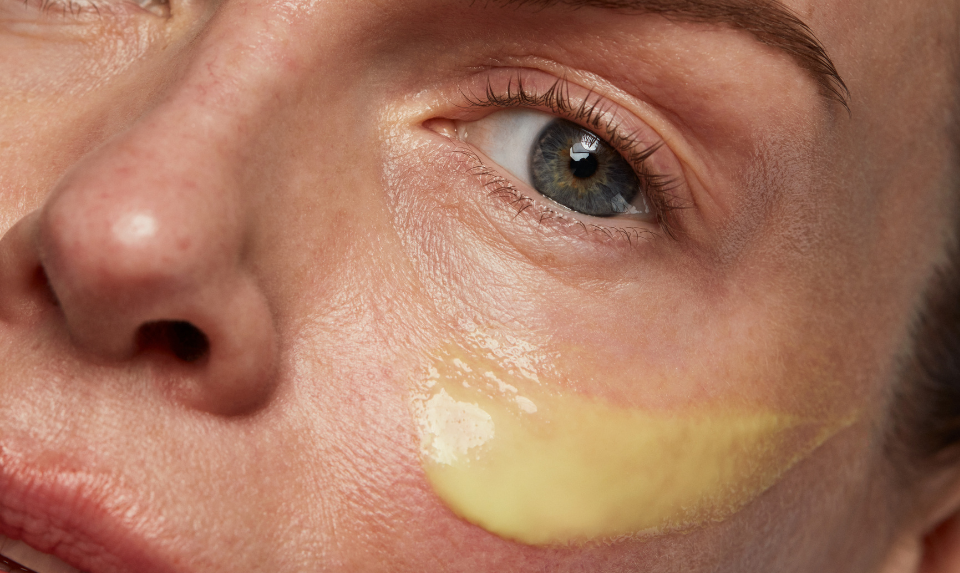Whether you've noticed your skin retaining less moisture than usual or seasonal weather changes are slowly creeping up on you, dry skin is no joke. If you feel like you're in a constant battle with dry skin, then there's likely one skincare ingredient you need more of - Ceramides. Our Skin Health Experts at Kate Somerville are here to share the many benefits Ceramides bring to the skin.
What Are Ceramides?
While the word ceramides might not sound all that magical, they’re a skincare ingredient that work wonders for your skin health. Ceramides are lipids (fat molecules) that work to help your skin’s natural barrier retain moisture. Ceramides are naturally found in your skin's uppermost layers and make up 50% of its composition [1]. They play a crucial role in how your skin looks, and they act as a protective barrier that prevents dehydration. By increasing moisture levels in skin through skincare products that contain ceramides, your skin will feel hydrated and soft no matter what time of year it is.
Why Are Ceramides Important?
Think of ceramides as the glue that holds your skin cells together. By forming a protective barrier, ceramides shield your skin from moisture loss and damage due to environmental stressors - a.k.a, sun exposure, air pollution, and cosmetic products. Additionally, ceramides are an anti-aging powerhouse that helps your skin age more gracefully and minimizes the appearance of fine lines and wrinkles [2].
When your skin cells don’t contain enough ceramides, you may experience skin concerns. Too few ceramides present can cause your skin barrier to become compromised and not protect your skin as well as it should. The result? Dry, rough, and irritated skin. In a year where increased handwashing and mask-wearing has caused skin issues most of us never dealt with before – from maskne to excessively dry skin – adding a skincare product to your daily regimen that contains ceramides can help your skin produce more ceramides naturally, as well as soothe some of those irritations.
What Causes Ceramide Deficiency?
Why and how does skin lose ceramides, and how can we prevent it from happening? Various factors can contribute to a loss of ceramides. Like collagen, ceramides are naturally produced by the skin. However, this production slows down as we age, and with it comes several unwanted side effects. While we can't stop the skin's aging process, we can help boost our ceramide production and minimize premature aging signs.
Ceramide levels can also be affected by outside factors such as seasonal changes, harsh exfoliants, and the overuse of skincare products. When your skin's pH levels are unbalanced and natural oils are stripped, ceramide levels are among the first to take a hit. A healthy diet also plays a key role in healthy ceramide levels. By incorporating more leafy greens, lean protein, and healthy oils into your meals, you can help your skin replenish ceramides lost to environmental stressors.
Increase Ceramide Levels at Home
Ready to boost your skin's intake of ceramides? Reach for clinic-grade products that you can use at home. Inspired by our Kate Somerville clinic VI Peel and its key ingredients[1] , the unique blend of ingredients in the KateCeuticals Resurfacing Overnight Peel works to improve the skin's tone, clarity, and texture while reducing visible acne scars, age spots, and hyperpigmentation. Expertly formulated with a powerful blend of gold standard active ingredients, including ceramides, this peel delivers clinic-level peel results without downtime. In fact, the reduced downtime of this treatment considering the potent ingredients is by far one of the most advantageous facial peel benefits[2] as compared to other skin procedures. The ceramides used in this peel work alongside proven anti-aging ingredients like glycolic acid, retinol, and niacinamide to help visibly improve the effects of sun damage, aging, and environmental stressors. It’s clinically proven to improve luminosity, fine lines, and skin texture after just one use.*
*Results based on independent clinical study
How to Determine if a Product Contains Ceramides
Ready to incorporate ceramides into your skincare regimen? When choosing a product rich in ceramides, take a look at the ingredients. You'll commonly see the ingredient ceramide listed as ceramide EOP, AP, NP, NG, or NS. However, this is not always the case. If a product states that it's rich in ceramides, but you don't see it listed as one of the main ingredients, then the product may be using ceramide precursors. Ceramide precursors like phytosphingosine and sphingosine encourage your skin’s natural ceramide replenishment process to produce more ceramides and are often included in anti-aging formulas to help smooth the appearance of wrinkles and achieve healthy-looking skin.
Ceramides and Skin Type
Whether you have dry, oily, or aging skin, ceramides are a necessary ingredient to improve hydration by protecting the skin's natural barrier. Because our skin naturally produces ceramides, adding them to your regimen is advantageous for all skin types - this includes acne-prone or sensitive skin! Ceramides are also an incredibly gentle skincare ingredient and safe to use around the eyes, making them a great ingredient to look for in eye serums and creams. Just make sure the product you're using is fragrance-free.
While all skin types can benefit from a boost in ceramides, adding gold standard ingredients to your skincare routine is essential for those dealing with skin irritation. Look for products that contain ceramides that are expertly formulated alongside other skin-boosting ingredients like glycolic acid and vitamin B3. This will help you achieve a more even complexion and texture while reducing signs of aging and sensitivity.
Sources:
- https://pubmed.ncbi.nlm.nih.gov/12553851/
- https://www.medicaljournals.se/acta/download/10.2340/00015555-0894/
